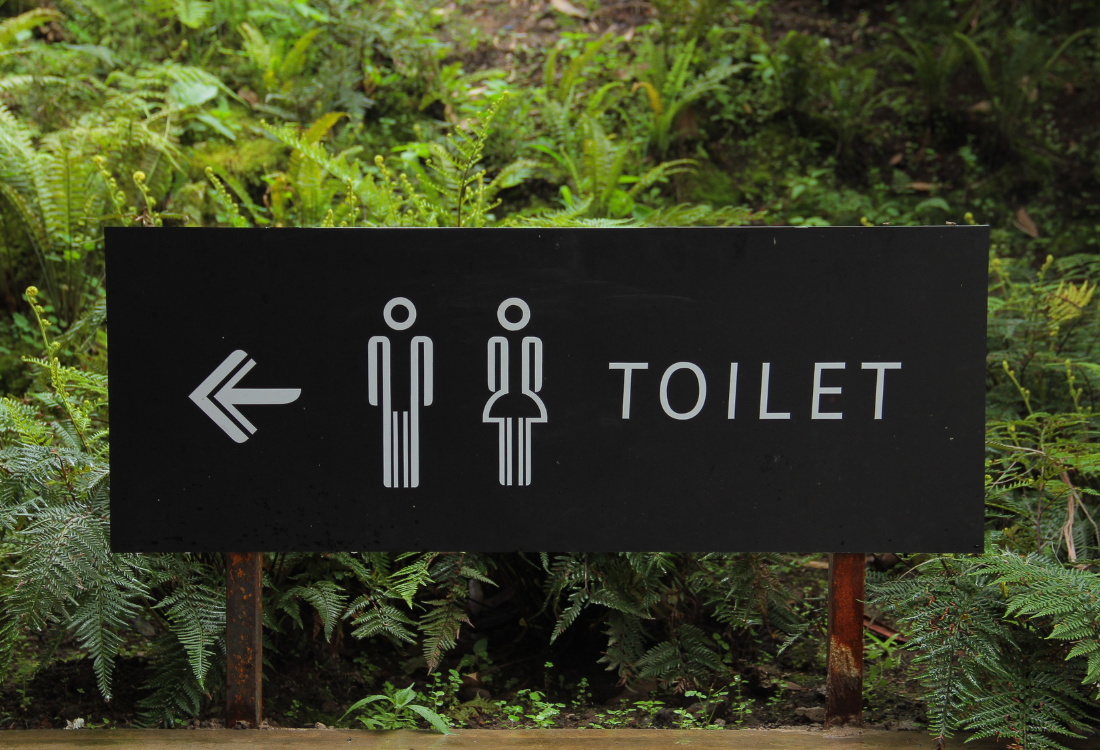Our Blog

Wayfinding signage has an important part to play in helping students, teachers, and visitors navigate busy secondary school campuses, as well as increasing safety and encouraging an inclusive and respectful environment.
At Image Technique, we combine a traditional approach to physical school wayfinding signage design with the latest digital innovations to deliver a unique strategy tailored to your institution. Read on to find out more:
How to integrate digital and physical signage within your school
A growing number of schools are investing in digital signs and interactive displays in certain key areas. For example, some schools now have a digital login system at reception that streamlines the way that front of house staff manage the comings and goings of pupils and visitors. This helps reduce the risk of unauthorised access to the school and improves safeguarding. However, relatively few schools currently deploy digital and physical signage as part of a comprehensive signage strategy.
By combining digital and physical wayfinding signage in a customised navigation strategy that addresses the unique needs and challenges of your school, you can leverage the strengths of both signage mediums to provide a better and safer experience across your campus.
- Physical signage is durable, consistent, and permanent, making it an indispensable way of providing wayfinding and safety information in busy schools. Durable, tactile signs with clear directional information are ideal for both indoor locations and outdoor areas where digital displays may not be practical, including sports fields and off-campus educational areas.
- Digital signage, on the other hand, gives you a greater degree of adaptability and flexibility in how you use your signage strategy. You could, for instance, use strategically located digital signs to display real-time updates about lesson changes, safety incidents, event schedules, local real time bus timetables, or even emergency alerts. These displays are perfect for high traffic areas and communal spaces where information changes rapidly and frequently, including the school gym, entrance ways, and cafeterias.
Developing a comprehensive wayfinding system
Integrating both digital and physical signage assets helps you to create a more comprehensive wayfinding system, avoiding the risk of pupils and guests getting lost or waylaid between locations. Digital kiosks at entrance point of a large secondary school campus, for example, can give visitors and pupils an interactive overview of the premises, while strategically placed physical wayfinding signs can be deployed to guide users along hallways and pathways in detail.
Digital signage can also play a role in increasing inclusivity in your school, such as by providing wayfinding and safety information in multiple languages for pupils from different ethnic and cultural backgrounds. This helps you adapt to the needs of your current student intake without having to invest in physical signage design, implementation, and maintenance.
Find out more
As digital signage solutions improve in quality, reliability, and strength, their applications in secondary schools and other educational establishments increases. When adopted as part of a smart signage strategy, digital/physical integration can deliver long-term savings on printed and physical materials, and an improvement in the way the school communicates with its pupils, staff, and other stakeholders.
To find out more, please contact one of the signage specialists at Image Technique today by clicking here.
Image source: Canva



